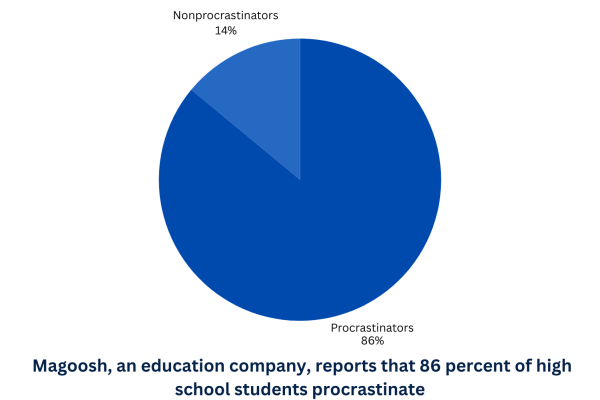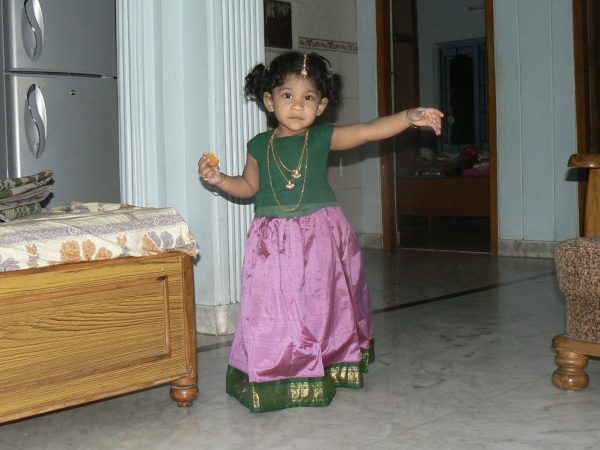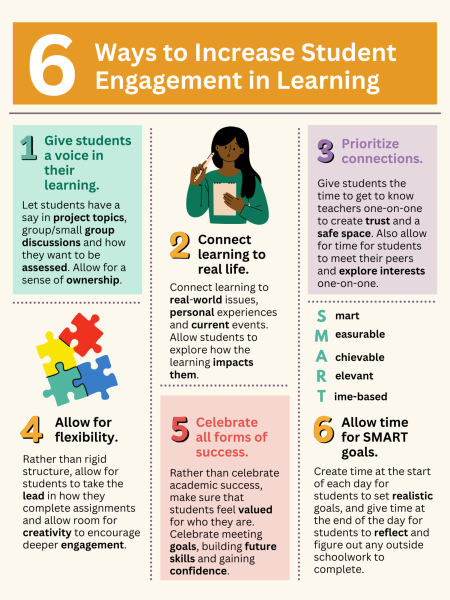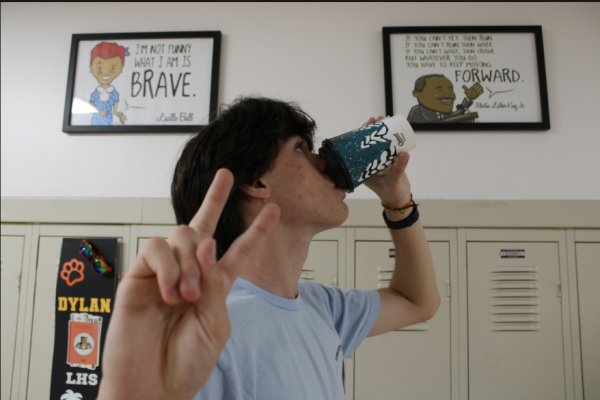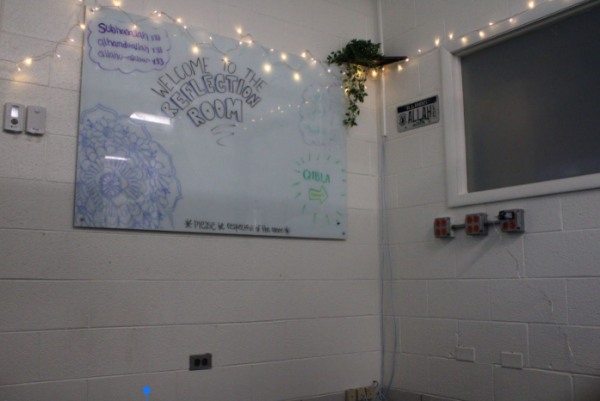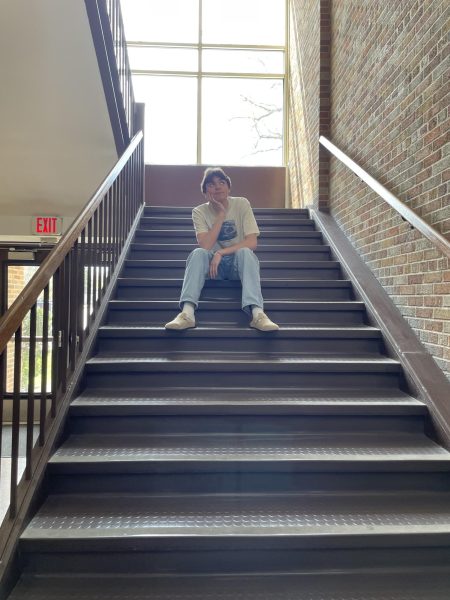Practicing Mindfulness: How Tuning Into a New Perspective Can Improve Mental Health

Mindfulness is often viewed as boring and unattainable, but in reality, its value comes from its simplicity and ability to ground ourselves.
Mindfulness…what is that again? When asked what mindfulness means or represents, attempting to explain it seems paradoxical. The word itself does not seem complicated yet what it implies is shrouded in exotic obscurity. The misconceived ideas of needing to be able to completely empty your mind and be able to sit perfectly still for hours on end make being mindful seem unattainable, boring, and quite frankly, like a waste of time. But mindfulness is not an obscure and unreachable idea; it is a way of life where your mind is fully aware of and attending to what’s happening around you and to what you’re doing.
As a concept, attending to yourself and your surroundings seems pretty trivial but its value is in its elegant simplicity. In today’s world we are bombarded with constant distractions, moving from one moment to the next without consideration of what is really going on. This can cause us to go into autopilot mode, forgetting important things and the task at hand, missing out on valuable moments. Distractions, new information, experiences and responsibilities are constantly piled on top of daily activities, and with no way to sort through it, a disconnect is created. Our minds go wild trying to make sense of it all while we lose track of our bodies, feelings and emotions. Thoughts consume our brains, often leading to a sense of unmanageable stress or obsessing over something that happened or is to come.
This is where mindfulness comes in. It is not the end-all, be-all to curing anxieties and it is certainly not a tool to empty the brain completely. Rather, is a tool to refocus and ground ourselves. Guiding yourself to a mindful state can come in many forms, such as breathing exercises, meditation or paying attention to what each of your five senses is experiencing in a given moment.
For senior Colin Furlong, one of seven seniors who participated in a mindfulness training program at LHS earlier this year, doing things such as driving and “just to be able to say, I’m gonna do this mindfully, helps [him].” But those are just strategies to open the gates into living in a mindful way. Tools like “the meditation were nice, but having that ability to just separate thoughts from your emotions […] and being able to take a break, and focus and frame things and not get too stressed” are the real takeaways and benefits of living mindfully.
Dr. Brenda Nelson, the prevention and wellness coordinator, who leads mindfulness trainings for teachers and students, described using mindfulness as a way to “learn to relate to [your buzzing mind] on both a thought level and a feeling level. It’s not about trying hard [to slow your thoughts]. It’s about accepting, and then in the acceptance almost comes the slowing down.”
Our minds are so beautifully complex. We use them constantly, yet the health of our grey matter is so often overlooked or stigmatized. But in recent years, especially during the pandemic, awareness for the importance of caring for our mental health has increased. Mental health affects every aspect of our lives. It is not just depression or stress. It is how we perceive and go through life, facing the ups and downs of daily life. It is taking time to care for ourselves and find appreciation for ourselves and our surroundings. Caring for ourselves should seem at least somewhat straightforward, right? We know what to do if we have a cold or a sprained ankle; we work out and eat healthy to maintain healthy bodies, but when it comes to our minds, it is confusing on where to even start. Practicing mindfulness can be a first step in connecting to your mental health and learning to care for your brain.
Through using mindfulness, you can start to look at your mental health from three angles: thoughts, sensations or emotions. By isolating one and taking time to notice what you are experiencing, you can start to process them in a nonjudgmental way. Creating a space between thoughts and emotions is an especially difficult but important skill. The connection between these two can easily and quickly produce prejudices and judgments toward yourself and others. But with space comes an ability to take a step back and consider how and why you came to certain conclusions, replacing criticism and being overly hard on yourself and others with a friendly curiosity and a wanting to understand. This method can also help establish a mind-body connection.
Each one of us lives through our own unique perspective, created through our identities and experiences. Our individuality helps run the world, fueling creativity to build better communities, but it can also feel so incredibly isolating. Mindfulness is a way to help us feel connected. For Furlong, practicing mindfulness helped him realize that “everyone’s really coming from the same place. For me, it was just super comforting and made me feel a lot better about myself and made me feel less isolated in my thoughts.”
Part of practicing a mindful lifestyle is attending to your surroundings, including the other people in your life. This is another example of space created. A space that doesn’t separate us but rather allows us to recognize and support each other, where we do not invalidate our feelings and experiences because they are not completely unique but celebrate the fact that we can live unique lives while growing empathy and love through shared feelings and emotions.
The wonderful thing about mindfulness is that it in itself is a journey. Dr. Nelson, who first approached her mindfulness journey as something she could “get down” and perfect, slowly realized that “there’s nothing to perfect, because life isn’t perfect. [Mindfulness is] an increasingly growing sense of acceptance, and just utter friendliness and curiosity toward our lives.” It can mean something different for everyone, just like mental health. Both mental health and mindfulness can be hard, but through approaching life in an attentive manner, we can be vulnerable. And while there are many negative connotations associated with vulnerability, it can also be one of the most useful tools on the mental health journey. It allows us to start to come to terms with where we are, and who we are, and in turn we can find the help and support that we need. Mindfulness can also help us find gratitude, recenter and focus, help with productivity, deal with stress, or gain perspective. It all depends on how you practice it and what you are looking to get out of it.
Life, especially during Covid, has thrown us for a loop, forcing many of us to face our mental health for the first time and take that first step on a difficult journey. For Furlong, “one of the key parts of beginning a mental health journey is recognizing it in yourself and being self aware. […] By practicing mindfulness, it just makes [life] seem less hopeless. It can still suck, but if you can take that step to […] begin that journey, it can make a time like this a little bit better.” No matter where you are on the spectrum of mental health, mindfulness is a tool that can help us extend more friendliness and love into our lives, and any time we can do that, we can create a profound impact on our overall health.



